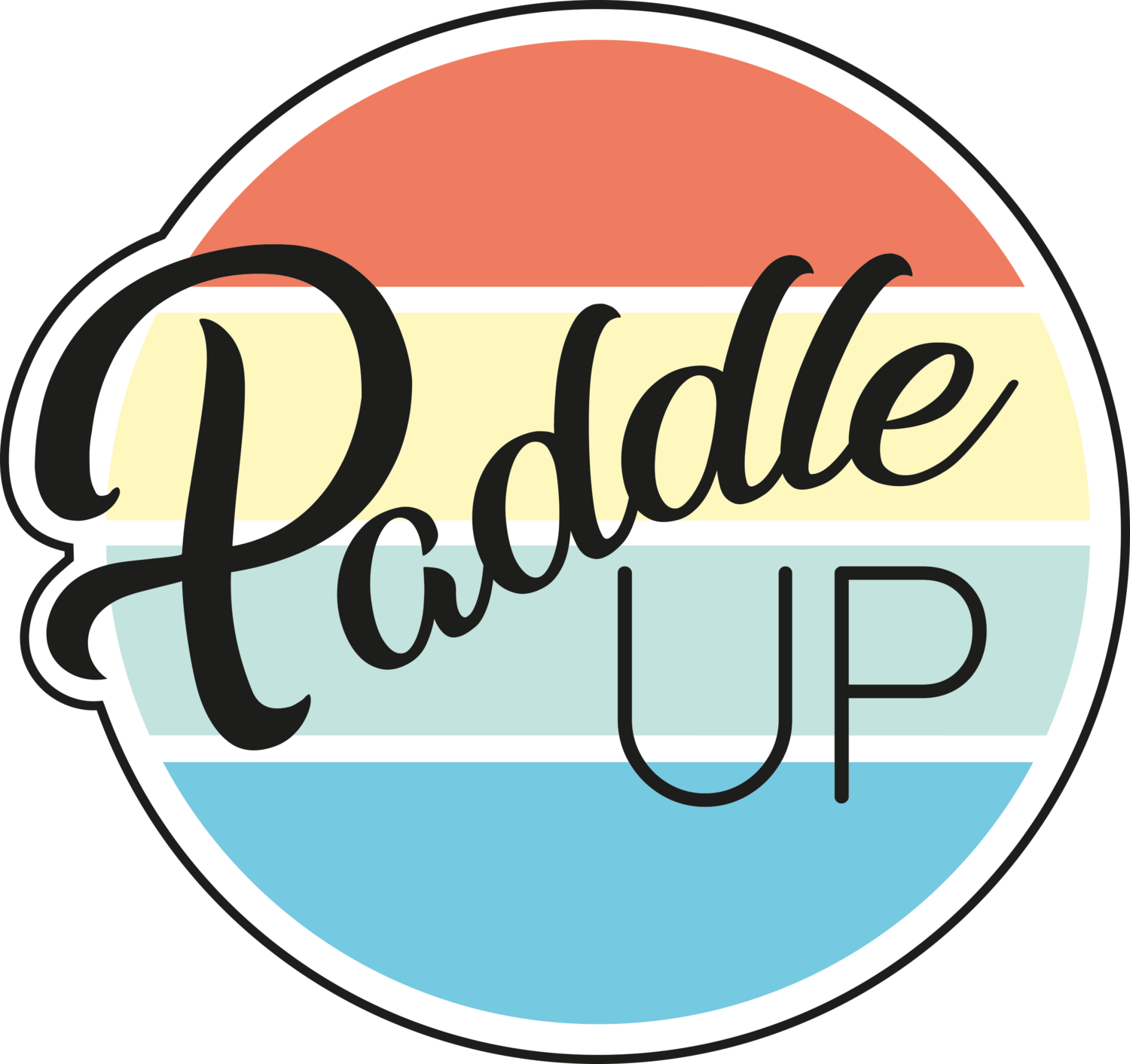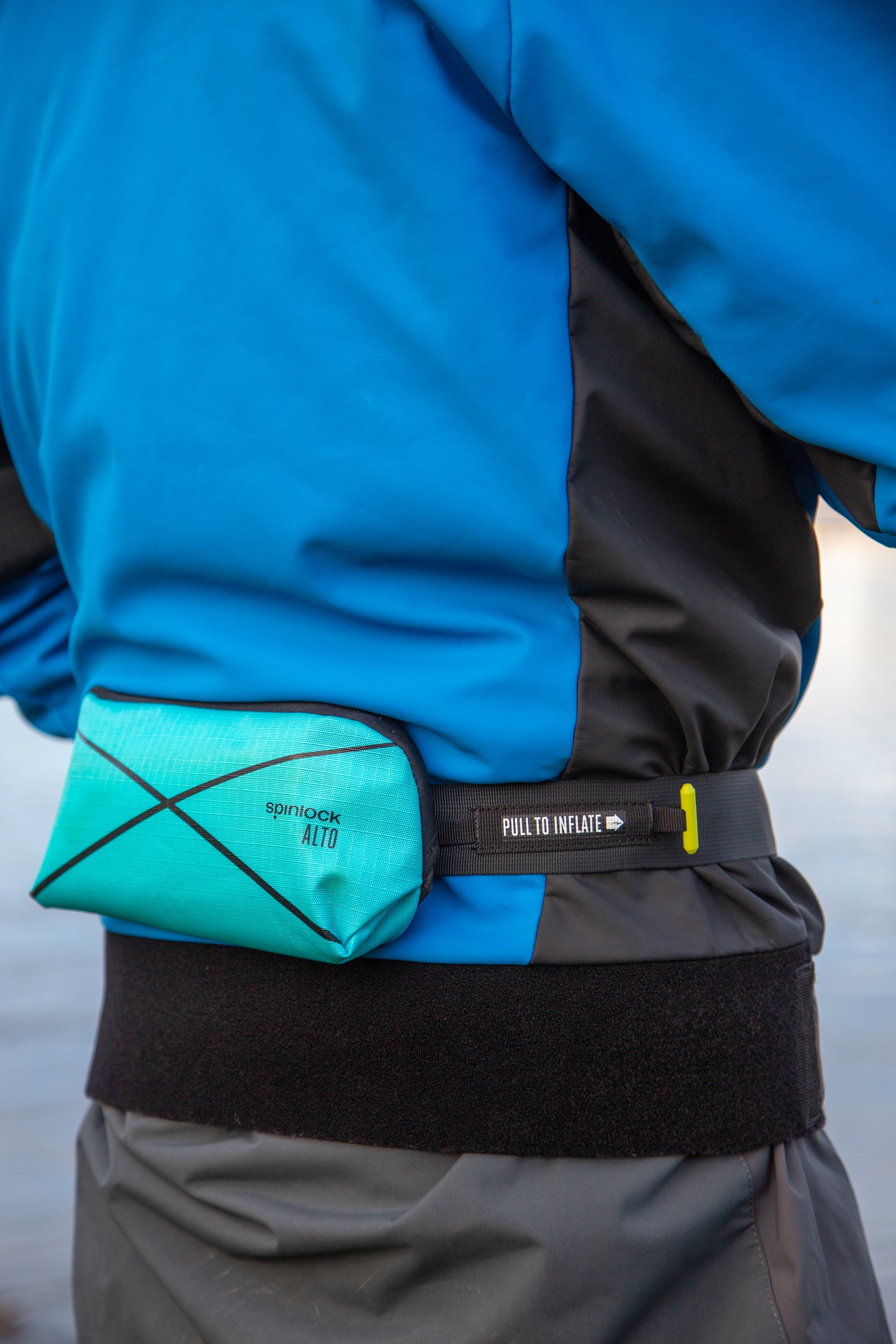What Flotation Device to Wear Paddle Boarding
Hello 👋 India and Joshua here. We’re Stand Up Paddle Board coaches and founders of Paddle Up. In this blog we’re going to talk about what flotation device is best to wear paddle boarding.
We often write blogs to help advice beginner paddle boarders, however views are our own and you should always do your own research.
One vital bit of kit you should invest in before you go paddle boarding is a well fitted Personal Flotation Device, also known as a PFD. Not to be confused with the digital document PDF. A PFD is an umbrella term and in fact all three items photographed below are forms of personal flotation devices, beautifully modelled by Joshua. So, if you’re unsure of the differences between a lifejacket and buoyancy aid, then hopefully this blog will help clear a few things up.
Remember when choosing what flotation device to wear paddle boarding, you must choose one that fits you correctly. How buoyant they are is measured in newtons (N).
Lifejacket: Worn over the shoulders. They inflate once you’ve hit the water (unless manual only) and then need to be rearmed before they can be used again, which is why paddle boarders don’t tend to use them. A lifejacket is very different to a buoyancy aid. A lifejacket is designed to keep you afloat. They should automatically turn you into a face-up position, keeping your mouth and nostrils clear of the water to prevent the risk of drowning. This is particularly important if you’re unconscious in the water. Lifejackets of 150 newtons like these Crewsaver ones are recommended for coastal and offshore use.
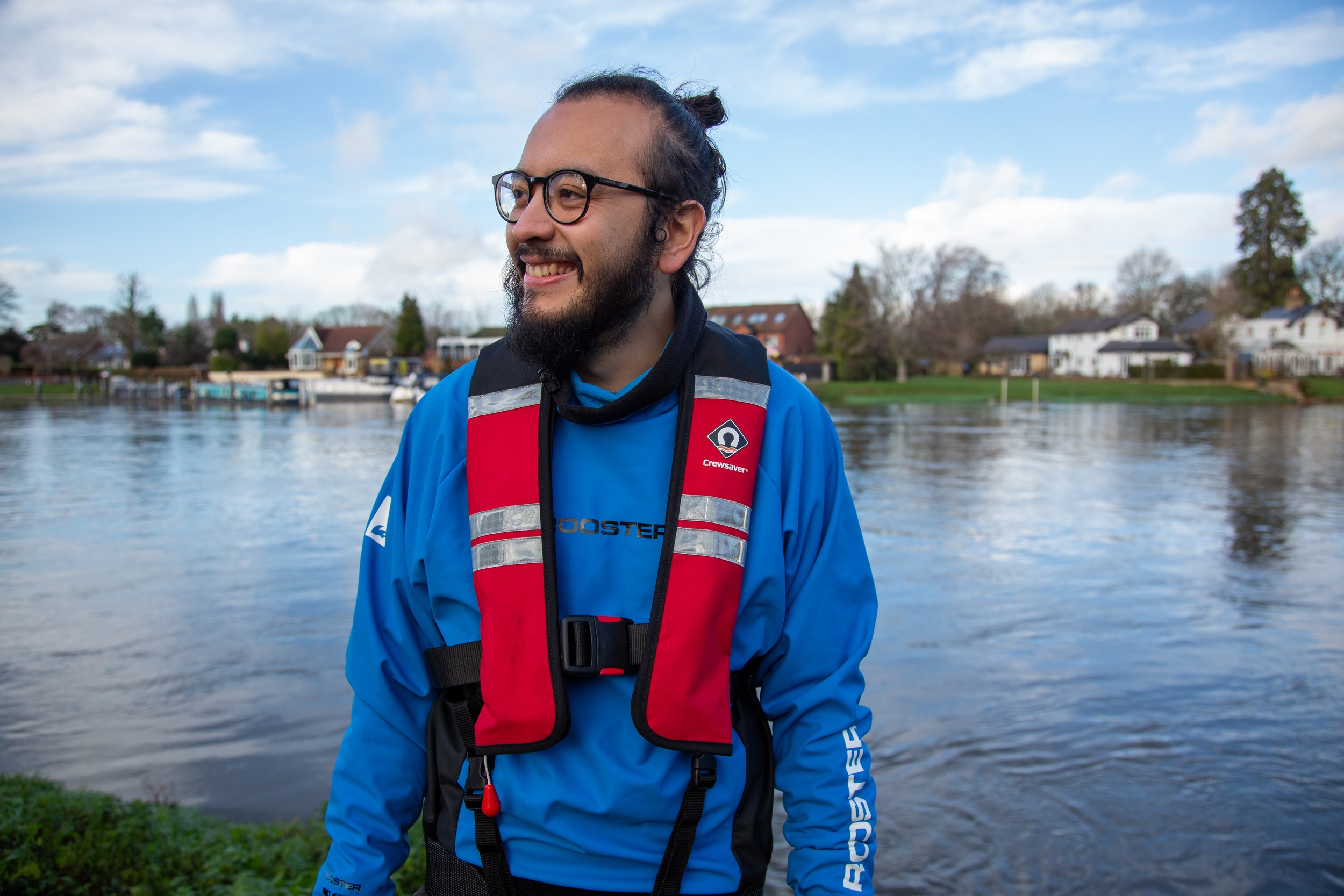
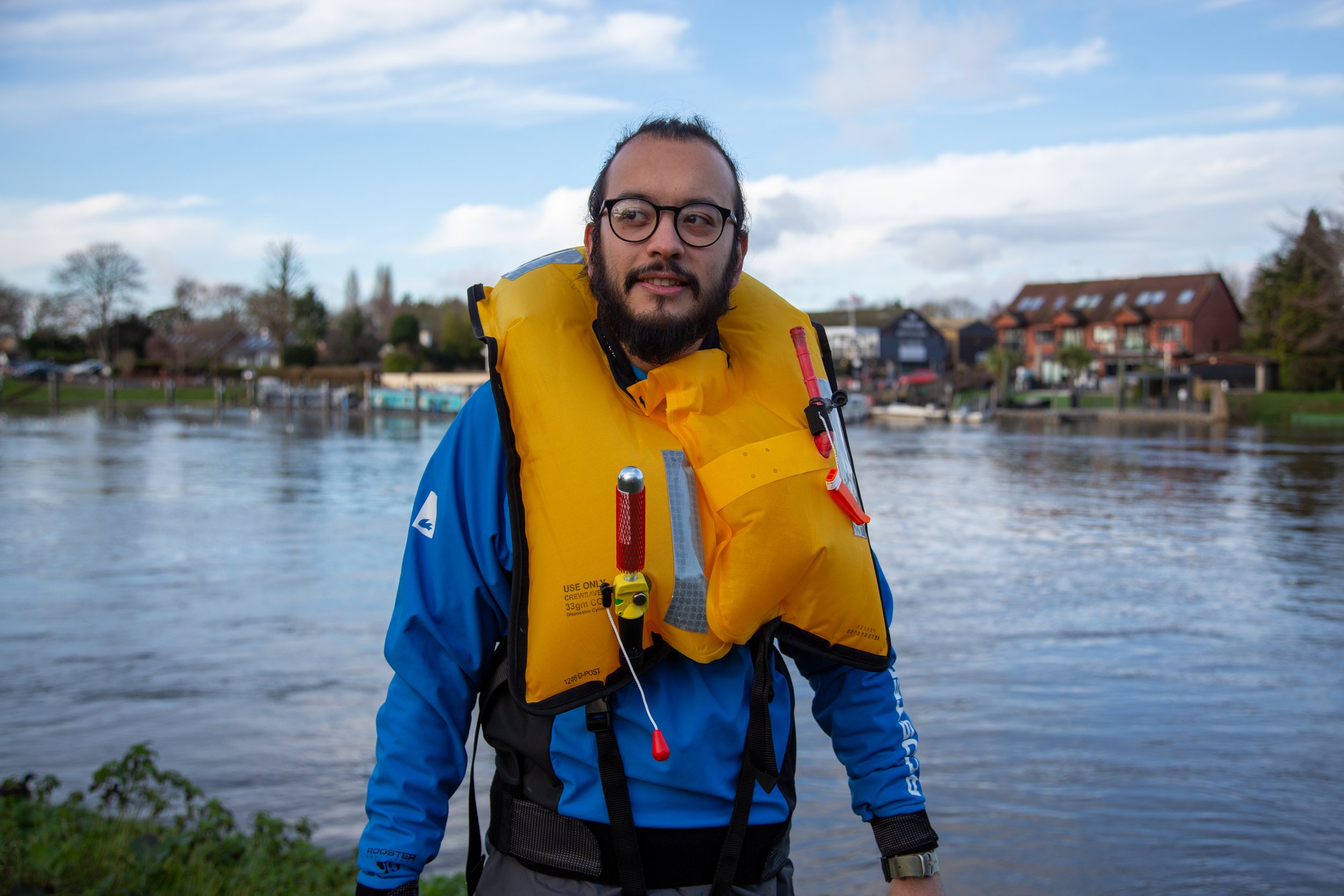
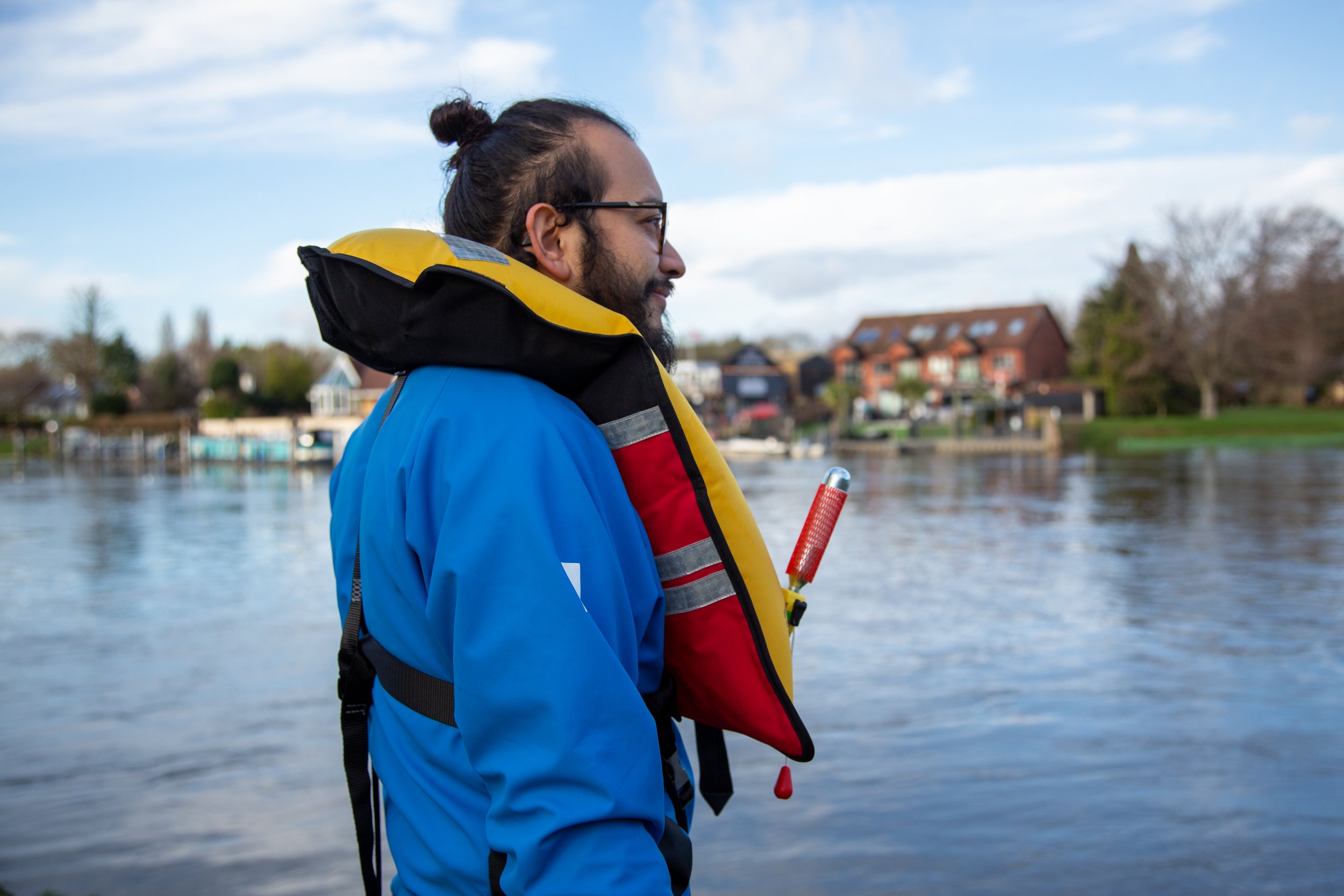
Buoyancy Aid: The most common choice for paddle boarders, and what we’d recommend. The RNLI recommend them in sheltered waters or by those doing watersports where help is close at hand. Worn like a jacket and usually made from foam with insulating properties. There’s a variety of different styles to suit different needs, and you usually put them on either over the head or via a side or front zip. Although a buoyancy aid won’t keep you afloat like a life jacket, it will help to keep you buoyant. This is why it’s important that the wearer is a competent swimmer. Wearing a BA allows you to help yourself by swimming to safety or by keeping yourself afloat while assistance arrives. It’s important to be aware that if unconscious, the wearer's head could be face down in the water.
Most common buoyancy aids have 50 newtons, specialist buoyancy aids for white water for example, might have up to 75 newtons.

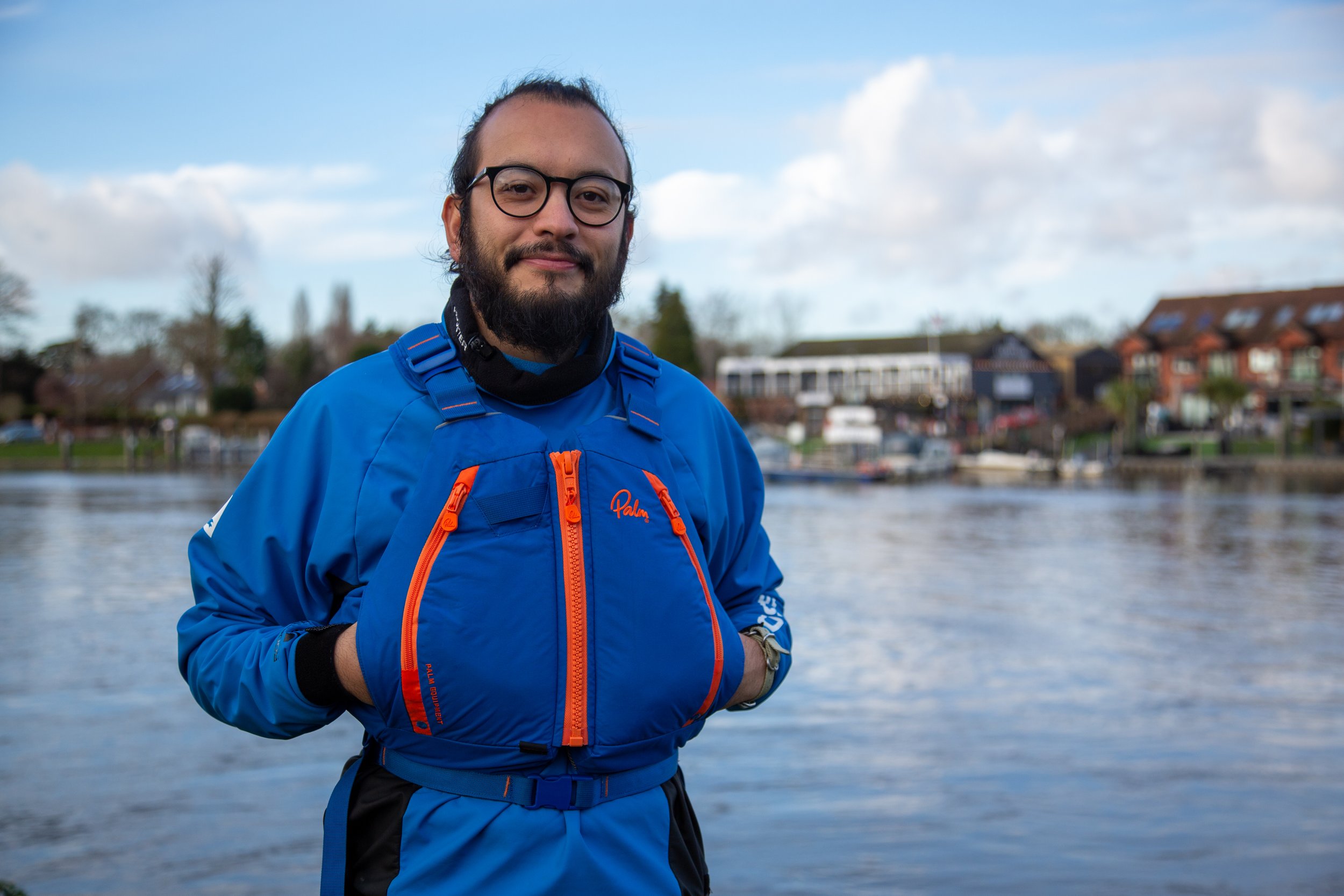
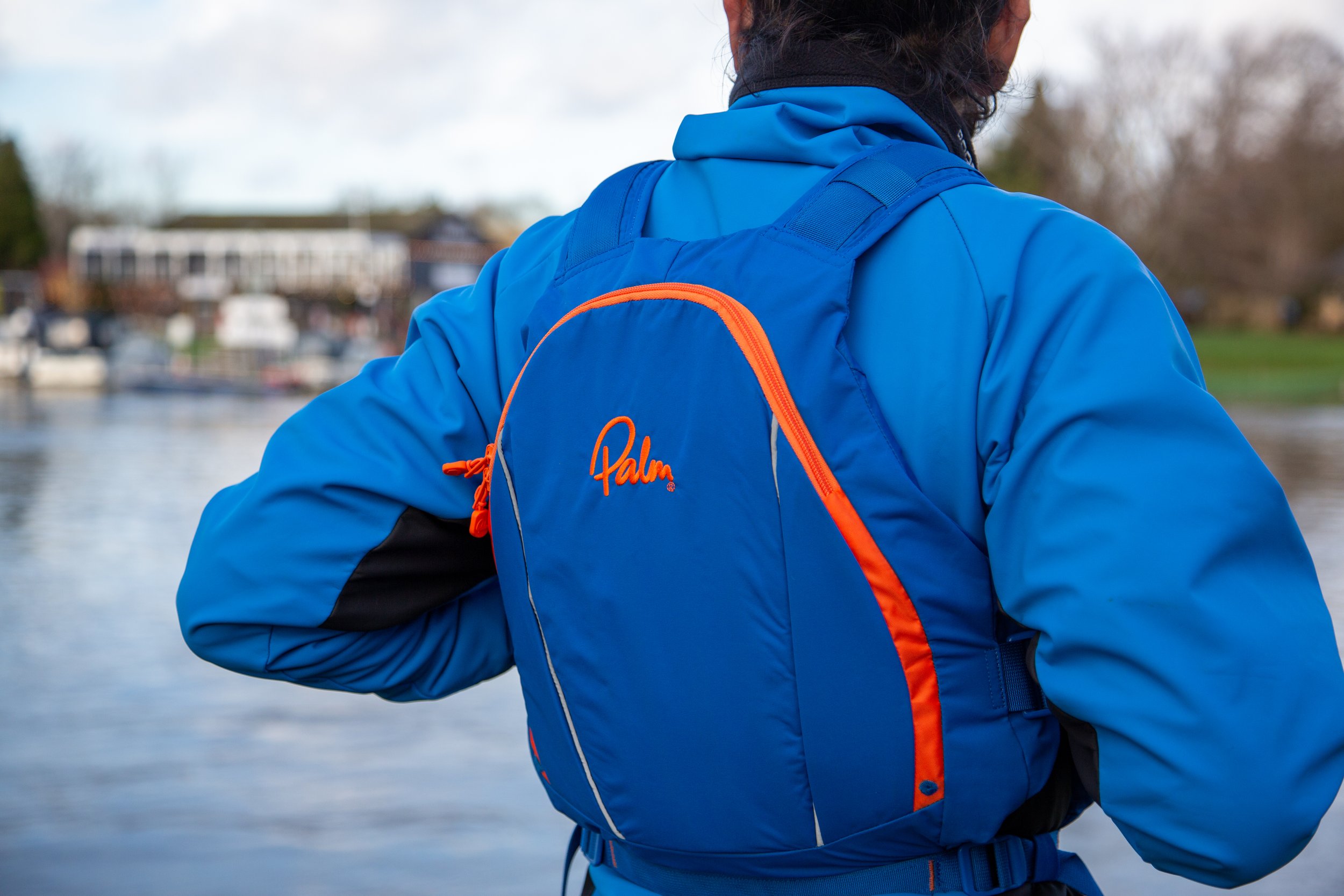
Manual PFD Belt: Also common in the SUP world. We’d recommend a belt as an alternative to a Buoyancy Aid. Worn around your waist, these are super comfy and offer an increased range of movement, but you do have to manually inflate them yourself. When you fall into the water, you have to pull a cord to activate the CO2 cartridge. Issues are: 1. More room for user error 2. What if it fails to inflate. 3. Imagine if you’re in a dangerous situation and you’re panicking. Not having to find and pull the inflation cord is one less thing to worry about. But that’s just my personal opinion. For these reasons you must be a competent swimmer if using a manual PFD belt.
This particular belt has 50 Newtons, but other belts go up to 100.
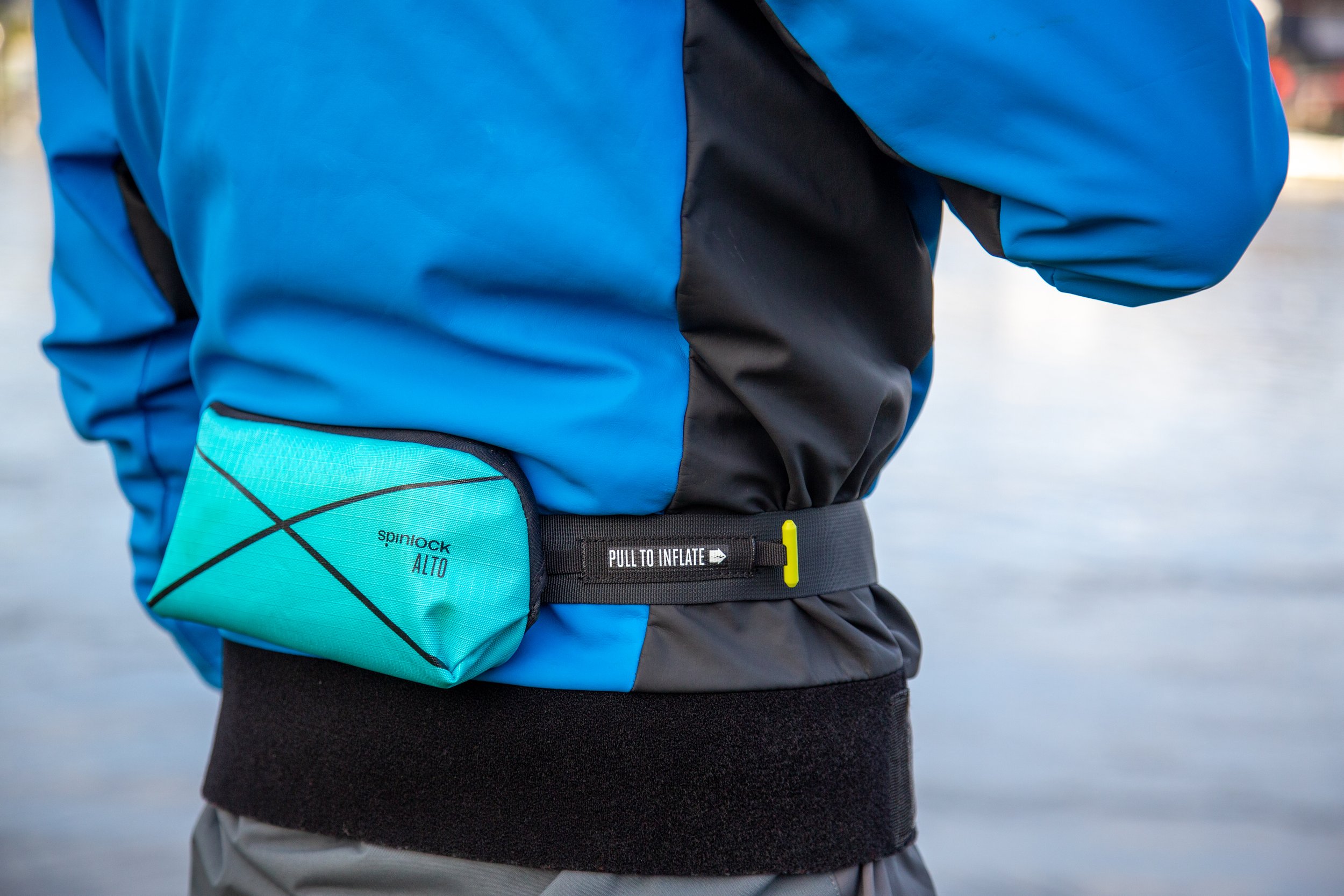
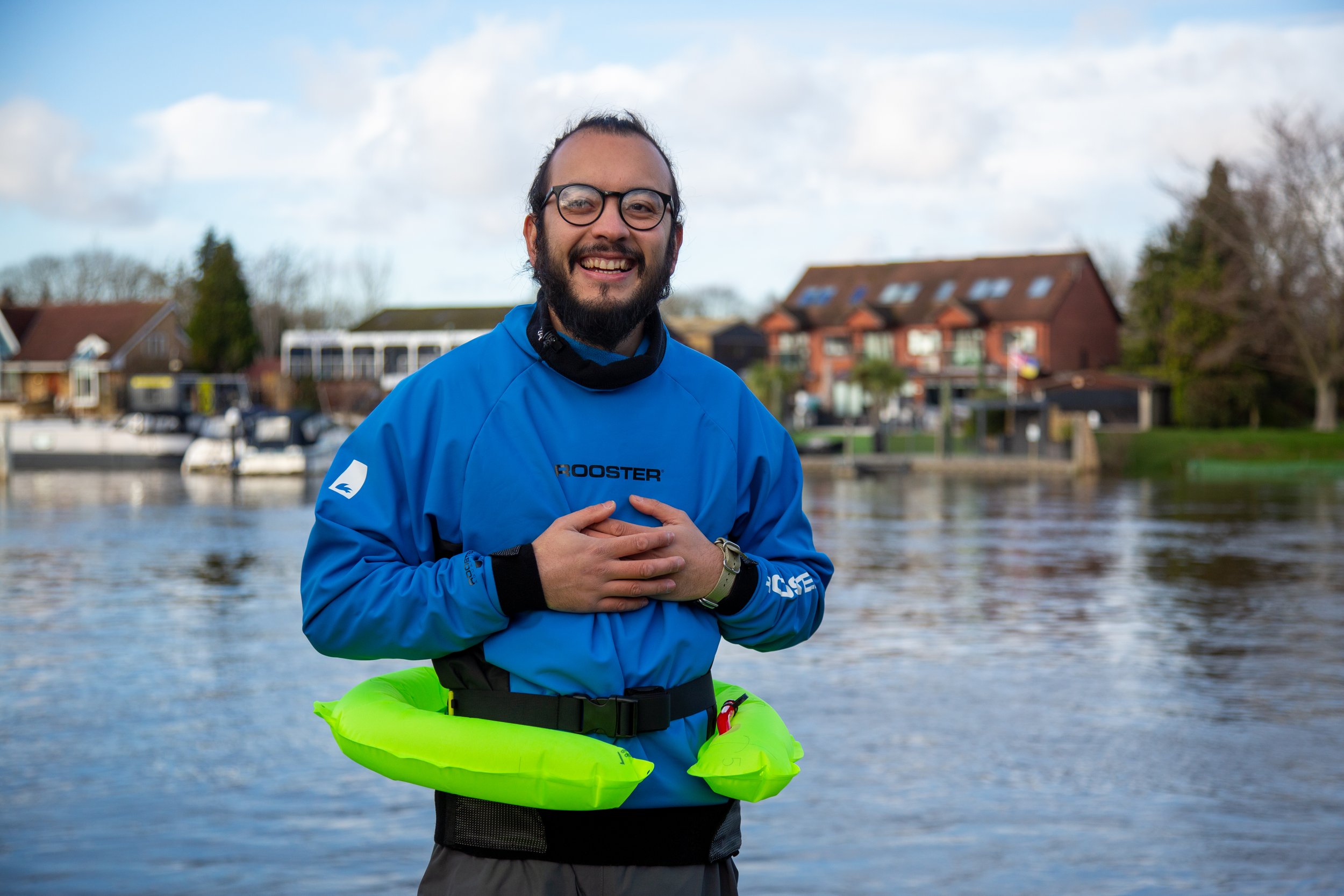
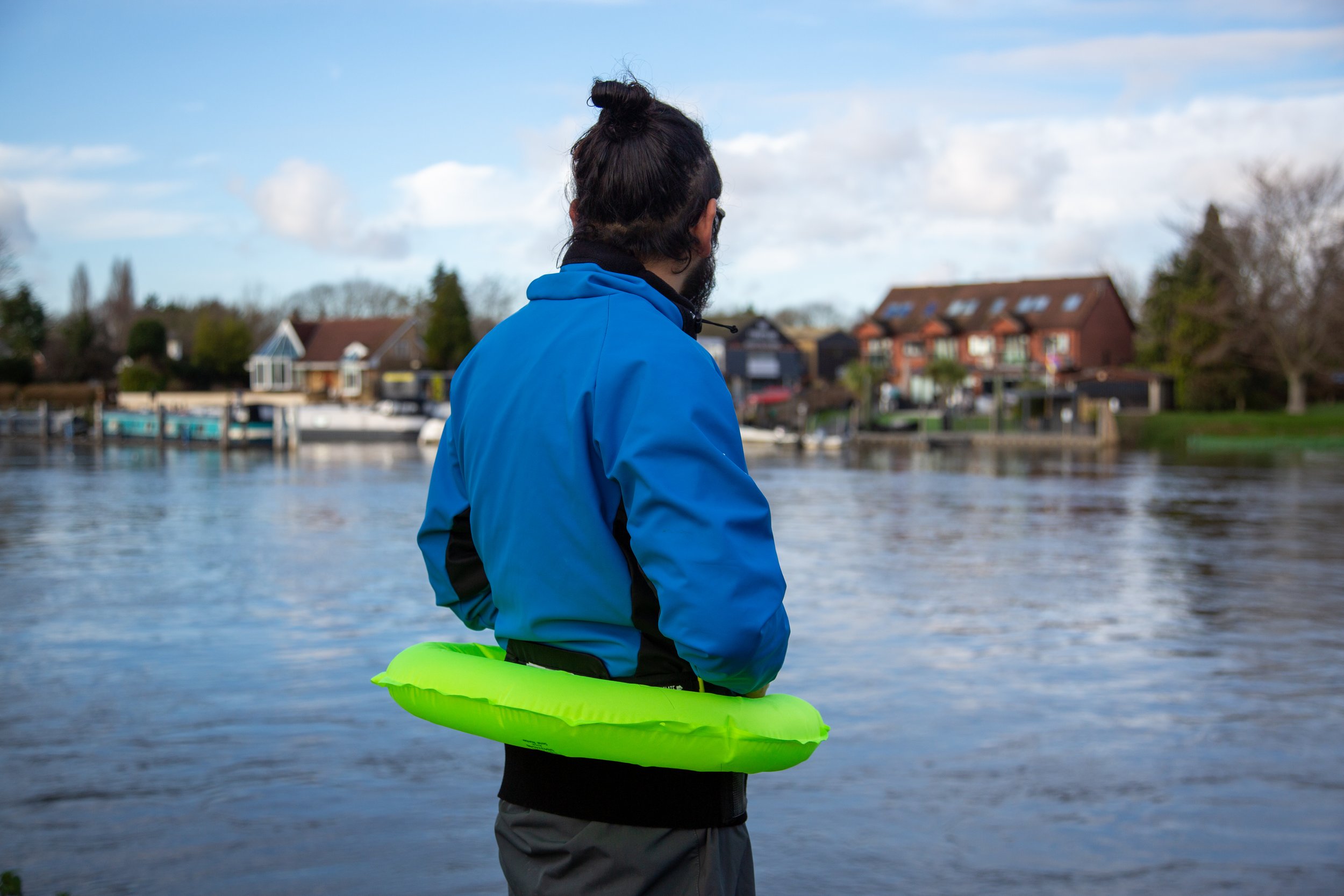
Impact Vest: Another form of PDF, not to be confused with a buoyancy aid. Impact vests may look tempting as they are often more stylish and less bulky. However these are not designed to give you much buoyancy. Impact vests provide protection against impact to the torso area, lessening the risk of injury and bruising. Commonly used in sports where there is high impact with the water, such as kite surfing and wake boarding. I didn’t have one to photograph so here’s some by a brand called Ronix, which I found on Google images.
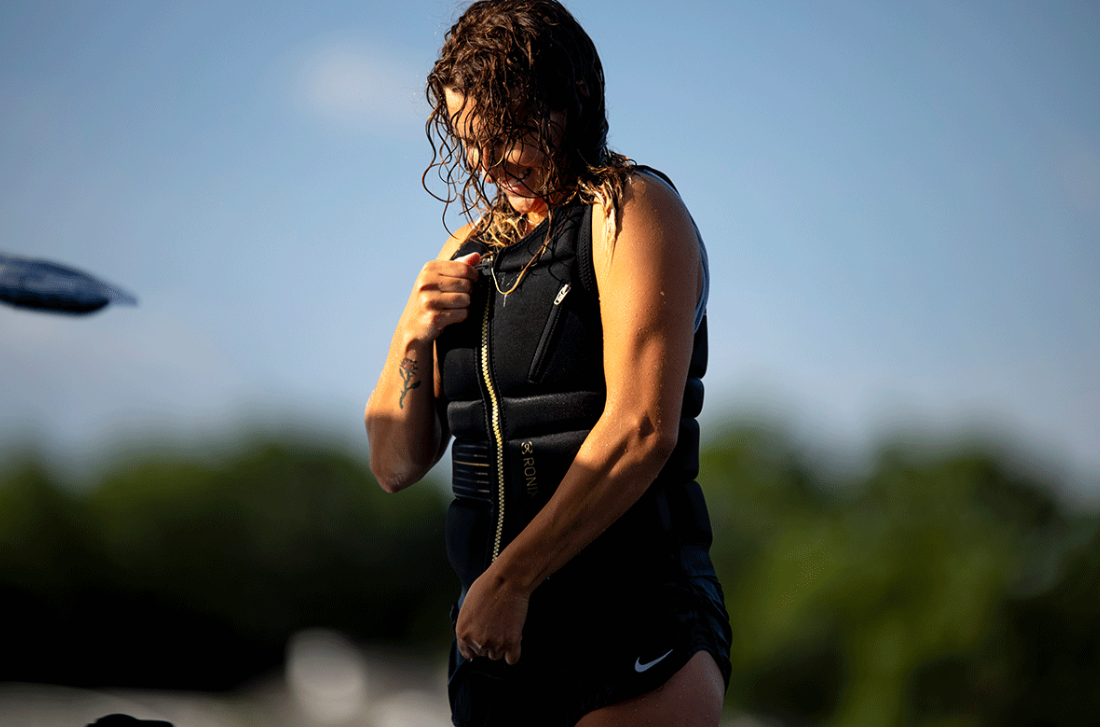
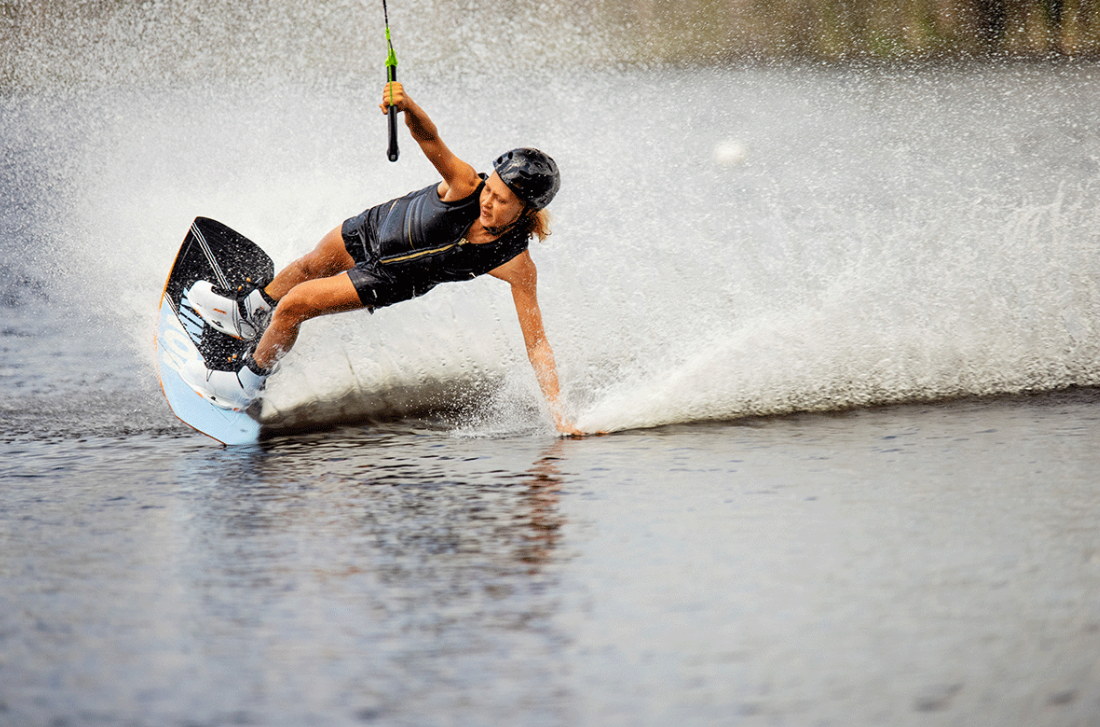
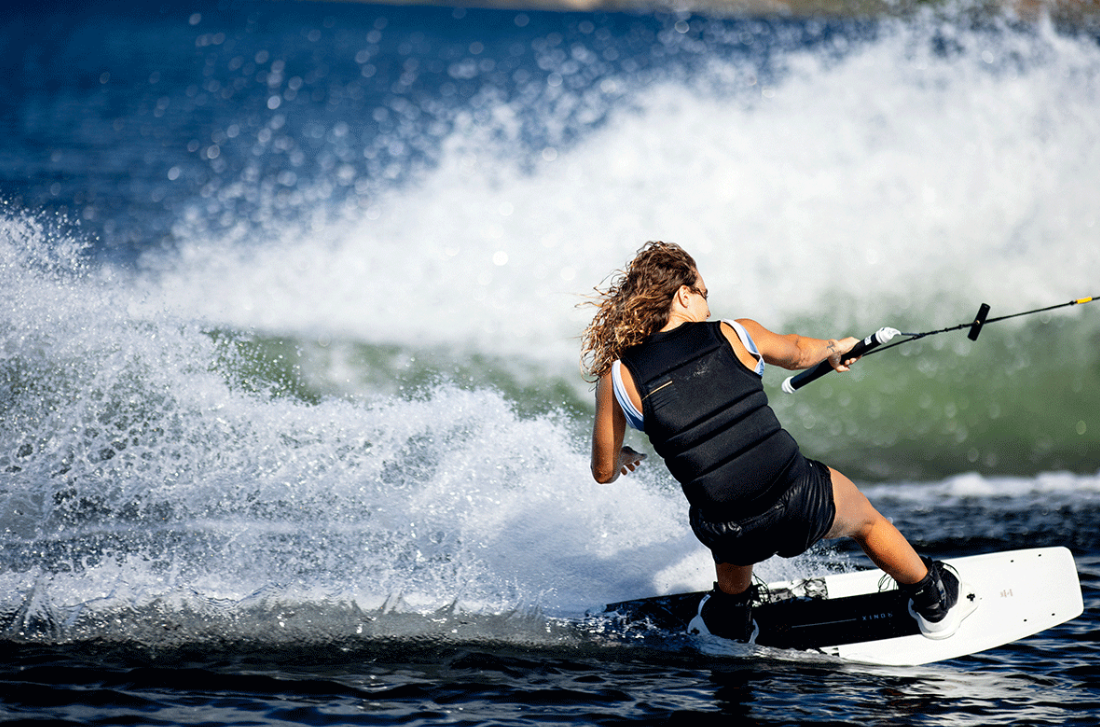
A deeper dive into buoyancy aids
Now we know what a buoyancy aid is, lets take a look at some.
I’ll put it straight out there, Palm is our favourite brand. They’re are obviously more pricey than an unbranded PFD from Amazon but the quality is fantastic. And for the record, this blog is in no way endorsed by them.
We use the Palm Quest buoyancy aids for our SUP School, which are £50 a pop, but have no pockets.
For personal use we’re currently wearing the Palm Peyto (£145) or the Palm Tika (£135). They both have two front pockets great for your phone, whistle, safety knife etc. But the Peyto has the addition of a hydro pouch on the back. They both have loops inside the pockets which allow you to use a carabina to help keep belongings extra secure. Also how could I forget the fluffy hand warmers!
Palm released a new model (2023) which is supposedly tailored to SUP, called the SOLO Vest. It’s got a large pocket at the front for your phone and it’s not too bulky. Coming in at £70 it’s actually quite reasonable.
Other brands to look at include: NKE, Peak and Yak.
If you’re on a budget then perhaps try Decathlon. The problem with cheaper brands is limited adjustment, which means they might not fit that well. They also tend to be bulkier which could potentially make self rescue tricky, and lastly there’s often no pockets (pockets are very handy).
And this is where I chime in with the saying; Buy cheap buy twice!
How do I know if my Buoyancy fits?
It’s important to make sure your BA (Buoyancy Aid) is well fitted and suited to your weight. If they don’t fit properly then they won’t do their job, believe me! Check the recommended weight printed inside the BA or even better, go to a specialist store and seek advice.
Our local store is Whitewater The Canoe Centre in Shepperton Marina and we couldn’t rate them more highly. The guys are knowledgeable and incredibly helpful. If you’re new to SUP then we advise talking to an expert. They might also help you save a bit of money too.
To check if your buoyancy aid fits, put your thumbs under the shoulder straps and lift the BA above your head. If you can pull it up, then it’s too loose. This is the most common mistake we see, so be sure to double check you’ve pulled the adjustment straps as tight as you can. Remember to check that you’re zipped up and clipped up.
Regularly check the foam in your buoyancy aid for visible signs of deterioration. Over time, the foam will become compressed and so lose buoyancy. When this happens it is time to replace the jacket.
Manual Personal Flotation Device (PFD) Belt
An alternative to a Buoyancy Aid is a PFD belt. Manually operated, the inflatable tube is released from the waist pack and then supports the user under the arms and around the chest. You must replace the gas canister after emergency inflation.
As mentioned earlier, these are not our first option, but we can’t deny, they are extremely comfortable to wear. However when you’re wearing a quick release belt as well, then you’re doubling up on belts which can feel a little awkward. It’s advised that you wear your quick release belt below your flotation device.
Its also strongly advised to practice with self deploy-able flotation devices. Practice falling in and putting it on. And remember self activating PFD’s need servicing in accordance with manufactures guidance.
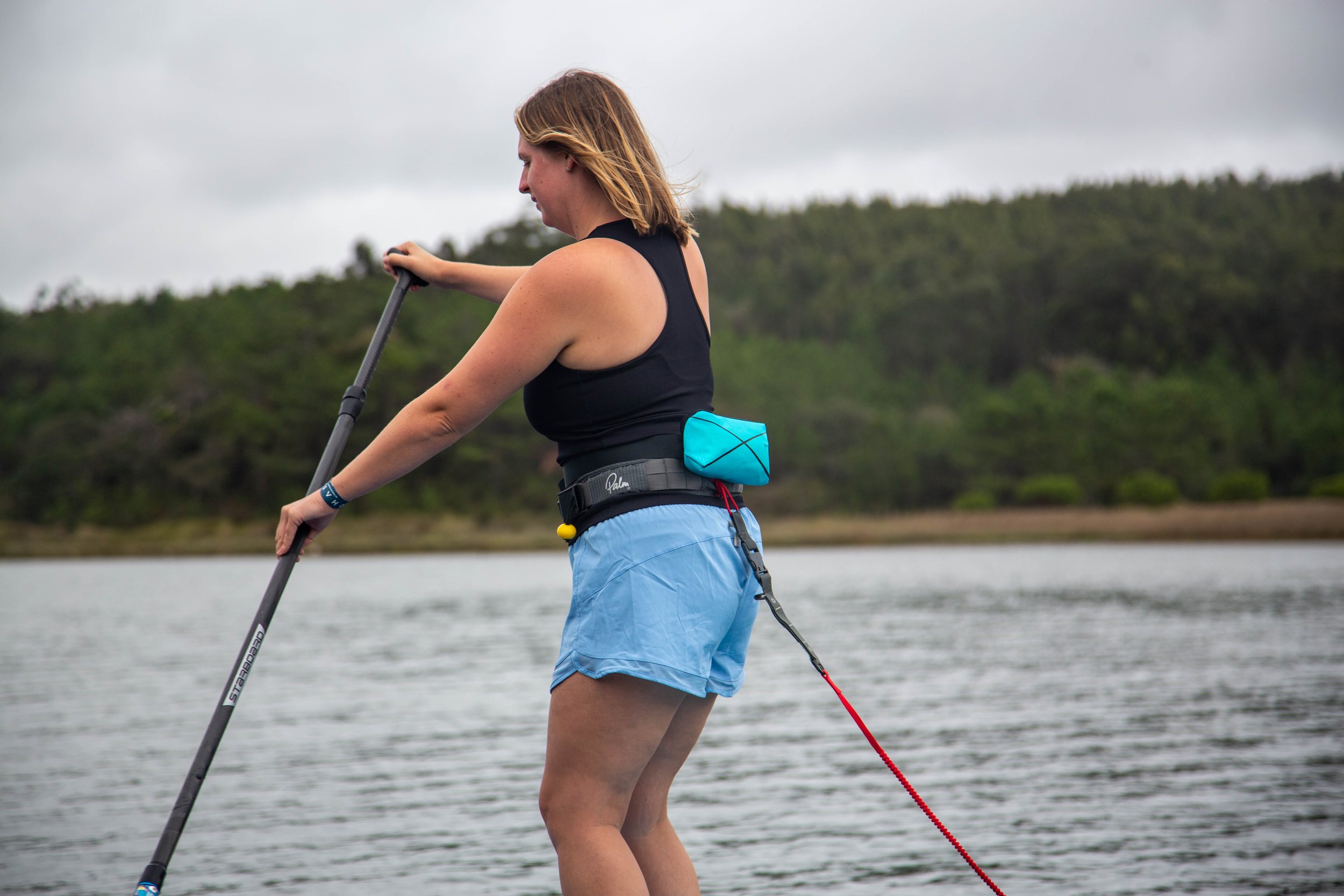
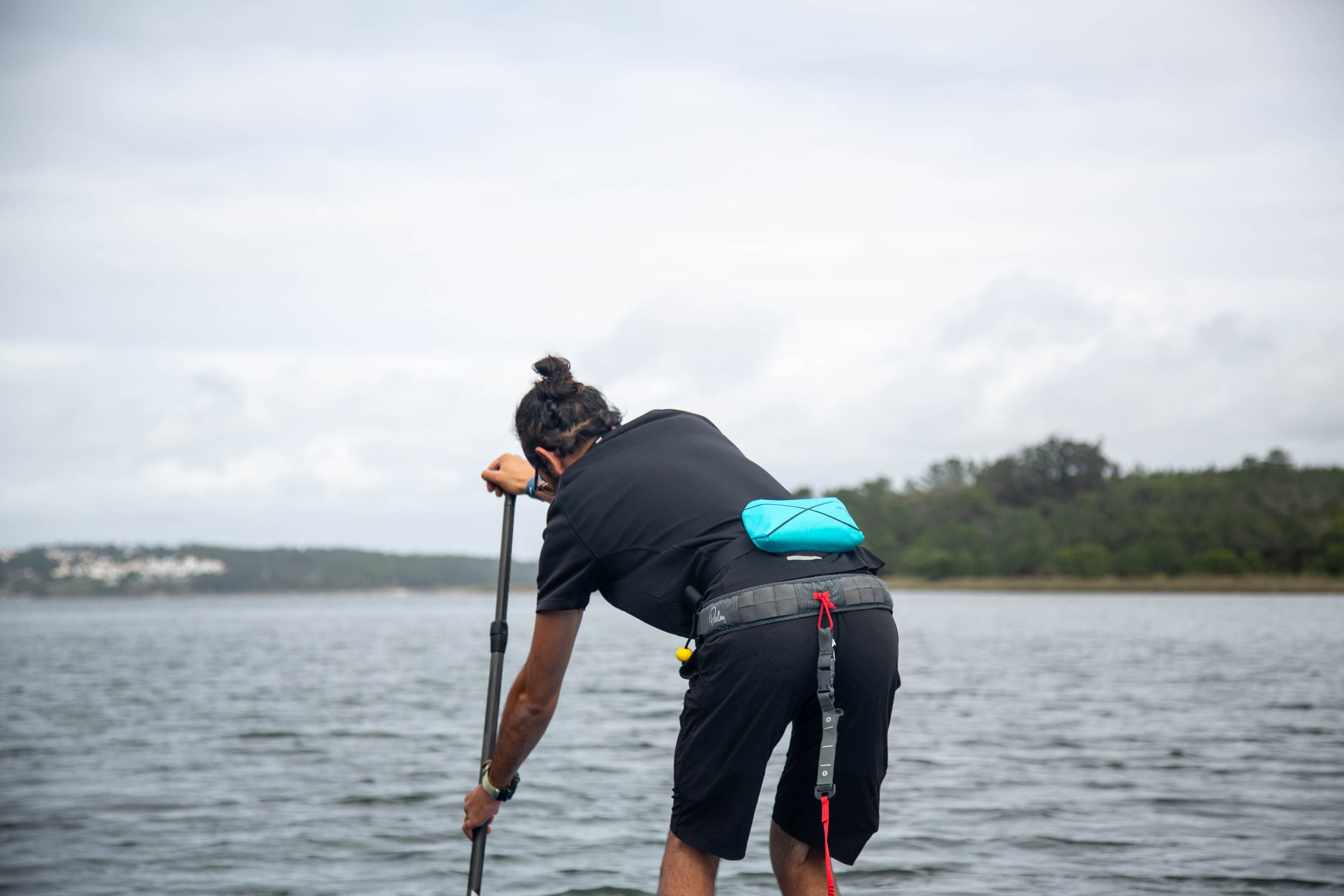
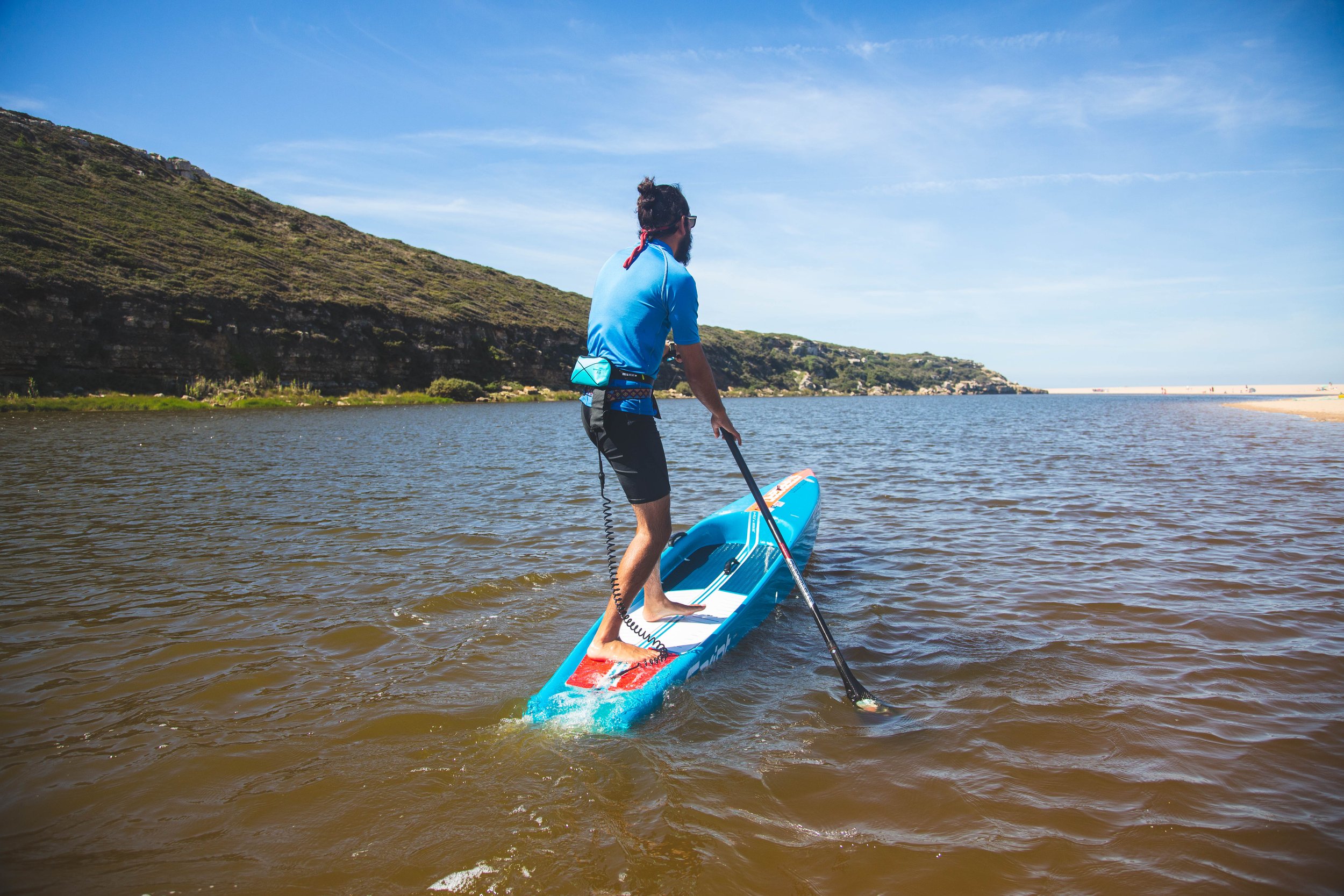
Joshua and I got ourselves a ALTO Belt Pack by Spinlock for a recent trip to Portugal. Reasons being: To see what they’re like. Can’t knock it till you’ve tried it right?
Since buying the ALTO belt we have realised that it’s not CE certified. CE mean that the manufacturer or importer affirms the good's conformity with European health, safety, and environmental protection standards. Other belts that are CE certified include Red Airbelt and the Palm Glide inflatable PFD. Here’s the Palm Glide CE certificate and it conceals a 100 N floatation bladder. Impressive! Remember N stands for Newtons and indicates how buoyant the PFD is.
CE marking
The benefits of a PFD belt were:
Free feeling.
Less restricting and doesn’t hinder the paddling performance.
Increasing range of movement making getting on and off the board easier.
However I will repeat my concerns which are primarily to do with a persons reaction time if you were to find yourself in an unexpected and dangerous situation. Isn’t it better to have one less thing to think about? Again, this is my personal opinion and i’d love to hear your thoughts on the subject.
Is a PFD necessary?
It’s not illegal to not wear a PFD. Some paddlers wear them, some paddlers don't. I guess you could compare it to wearing a helmet if you cycle. However I will say, last year the RNLI saved the lives of 59 paddle boarders in the last 10 years with 75% (44) of those coming since 2020. With the explosion of SUP, comes an explosion of accidents. If you are new to the sport especially, then please take the necessary safety precautions. You might be the best swimmer in the world but if you fall and go into shock, you could easily suffer from swim failure. A buoyancy aid will give you a moment to breathe and assess.
Remember that you are setting an example to others, we strongly believe that we are all responsible for spreading SUP safety awareness. And lastly keeping yourself safe, helps protect rescue services from having to rescue in unsafe conditions, or even worse deal with a fatality.
When choosing your flotation device to wear paddle boarding, you don’t have to purchase the most expensive on the market but do your research and try to get the best you can afford with a CE marking.
Lastly, remember to do your own research as the views in this blog are our own. There is a great article written by the RNLI: How To Choose A Lifejacket And Maintain It - RNLI which we recommend that you thoroughly read.
Thank you for reading. As always drop us a message if you have any questions: info@paddleup.co.uk
India & Joshua
P.S. If you’re paddling this winter, you might fancy reading our last blog: What to Wear Stand Up Paddle Boarding: Winter Edition
